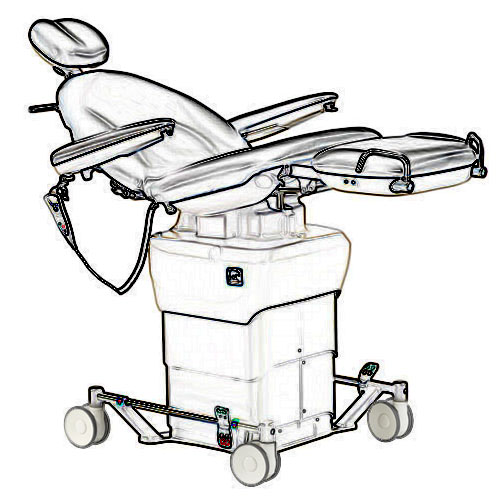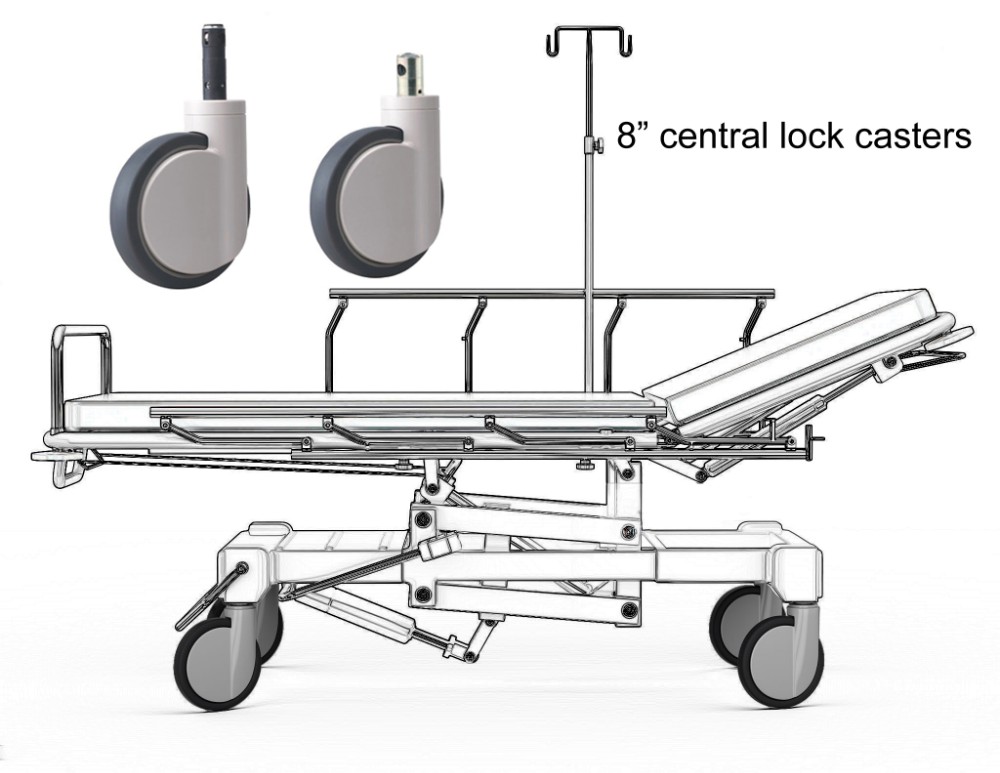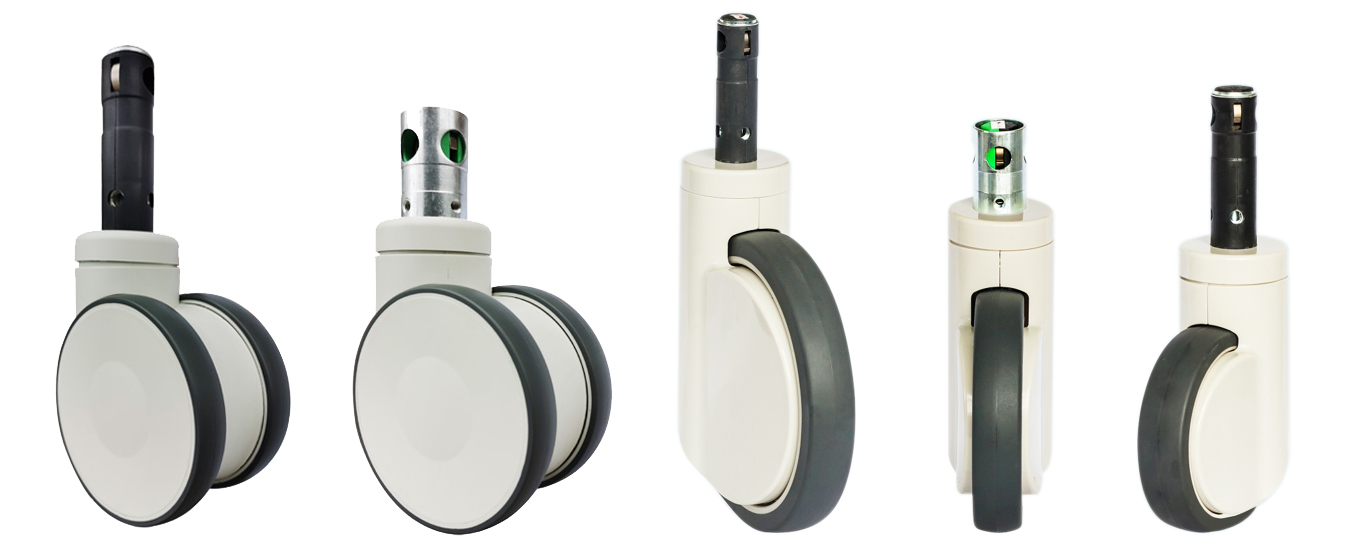Why We Need Central Locking Casters
Central locking mechanisms are a crucial part of a variety of different casters. Locking mechanisms essentially allow you to stop the cart or other equipment from moving and keep it stationary in one place. While many carts and other equipment do not need a central locking casters, in some industries, like the medical industry, it is basically a matter of life and death!
Central brake casters are also found in locking casters. When a wheel gains momentum while moving, it often becomes difficult to control the movement of the vehicle, and it might begin to go too fast. A smooth floor, new wheels, and the speed of the equipment can all contribute to the momentum gained by the cart or vehicle, and in many industries and facilities, it can become a huge hassle to stop it.
There are a variety of functions and benefits that can be attributed to a central locking caster, so let us take a look at some of the main functions of a central locking caster.

What Does The Central Locking Mechanism Do?
A central locking caster has its main function in the name: it centrally locks the casters, keeping the equipment in place for as long as necessary. A central locking caster also often has a braking mechanism, which can allow you to stop the vehicle or cart in its place; it can have a directional lock, which will prevent the equipment from changing direction, and a total lock, which will keep the equipment completely stationary in its place for as long as you want.
Many central locking casters that are manufactured nowadays come with very easy mechanisms where you can brake all the wheels with the help of a single pedal. This is a huge benefit now because back in the day, locking or braking a large cart required a lot of effort, and you often needed multiple people, or very strong people, to be able to brake and lock. This was especially true for hospital beds since they often have four to six wheels, and braking and locking the bed could often be a huge hassle, while letting the bed stay unlocked could actually endanger the patient.
Nowadays, the locking and braking mechanisms used on these beds are very smooth, and you can use a single nurse to brake the whole thing with one pedal. Similarly, it is also much easier to lock these casters because the locks available nowadays are much smoother than they used to be previously.
So essentially, locking mechanisms in casters are used to stop a cart or a bed while it is in momentum and makes it easy for the user to lock it and prevent it from moving as well.
There are quite a few features that are key to central locking casters. These include precision ball bearings, durable caster frame, and a metal key.
The most common types of wheels that can make use of a locking mechanism are twin wheels. Twin wheels are fast, can bear a lot of weight, and are incredibly smooth. Other than that, they are easier to lock as well compared to single wheels.

Why Is It Important?
Simply put, a central locking caster offers a lot of convenience to users. When it comes to hospital beds and other heavy equipment, smooth casters are always in danger or rolling away at the slightest provocation. So the cart or bed movers have to always stay alert and make sure that no unprompted movements occur.
When you are able to lock the bed or the cart in place, you can rest assured that it will not be moving unless you want it to. The cart movers can shift their focus to other things and not worry about the bed or the cart moving on its own.
Other than that, this mechanism is also essential for the well-being of the patient or the equipment that is on the machine. If the patient's movement in the bed or the movement of the equipment on a cart allow the machine to start rolling away, the sudden jostling or the impact could be harmful.
For patients, it is almost a matter of life and death as well. Unprompted movements can cause sudden impacts, or it can allow the IVs and the other machinery attached to the patient to tug, which can actually be quite dangerous as well.
When the patient is taken back to their ward or room, you will need to lock the bed in place, so that movement by the patient or the attendees does not cause the bed to roll away again.
The best part of modern locking mechanisms is that all the wheels are locked in place at once, and you do not need to lock every single wheel separately. Naturally, the mechanism is installed in the center of the hospital bed or cart.
So essentially, a locking mechanism is crucial in many industries.
Where Is A Central Locking Caster Used?
A central locking mechanism is used in a variety of different industries, but its most common use is on hospital beds. Because hospital beds carry patients who can move around on their own, it is important to lock the wheels of the bed in place and prevent any unnecessary movement from happening.
Other than that, central locking casters are also often used elsewhere in the healthcare industry as well. This includes carts carrying equipment such as ECG machines, X-Ray equipment, and other such commodities as well. Central locking casters are crucial to the healthcare industry.
Conclusion
Central locking casters are very important to the medical and healthcare industry. Hospital bed casters often come with a locking and braking mechanism, which allows for a lot of convenience for the patients, the nurses, and anyone else who needs to take care of the bed. The locking and braking is also a lifesaving mechanism for the patient since they can claim their space with ease and without the danger of getting hurt.


 English
English Spanish
Spanish German
German Russian
Russian Arabic
Arabic Portuguese
Portuguese Italian
Italian French
French Hebrew
Hebrew Turkish
Turkish